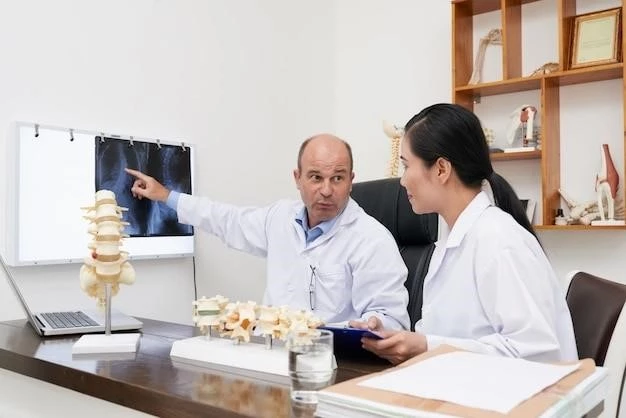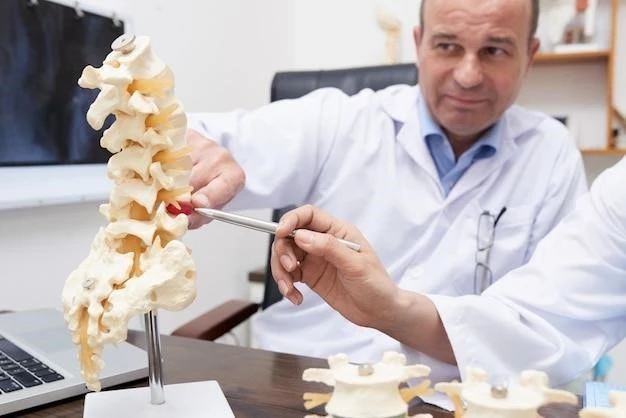Article Plan⁚ Understanding and Managing Torticollis
Torticollis is a condition characterized by the involuntary contraction of neck muscles, causing the head to twist to one side. Understanding the causes, symptoms, and treatment options for torticollis is crucial for effective management of this condition.
I. Introduction to Torticollis

Torticollis, also known as wry neck, is a condition where the neck muscles contract involuntarily, causing the head to twist or turn to one side. This can result in pain and discomfort, limiting range of motion. Torticollis can be congenital or acquired, and early diagnosis and intervention are essential for effective management. Understanding the causes, symptoms, and treatment options for torticollis is crucial in addressing this condition. Seek medical advice if you suspect torticollis to receive the appropriate care and support.
II. Causes of Torticollis
Torticollis can have various causes, including congenital muscular torticollis which occurs in infants due to a shortened or tight sternocleidomastoid muscle at birth. Acquired torticollis may be caused by muscle spasm, injury, infection, or nervous system disorders. Poor posture, working for long hours in an uncomfortable position, or sleeping in an awkward position can also contribute to torticollis. It is important to seek medical evaluation to determine the underlying cause of torticollis and develop a personalized treatment plan.
III. Signs and Symptoms
The signs and symptoms of torticollis may vary from mild to severe and can include neck pain, stiffness, muscle spasm, limited range of motion in the neck, and the head tilting to one side. Some individuals may experience headaches, shoulder pain, or neck swelling. In infants, signs may include difficulty turning the head to one side, a lump in the neck muscle, or a head that tilts to one side. Recognizing these symptoms early on and seeking prompt medical attention can help in managing torticollis effectively.
IV. Diagnosing Torticollis

Diagnosing torticollis typically involves a physical examination to assess the range of motion in the neck and shoulders, muscle strength, and areas of tenderness. Your healthcare provider may also review your medical history and ask about any recent injuries or activities that could have contributed to the condition. In some cases, imaging tests such as X-rays, CT scans, or MRI scans may be ordered to evaluate the underlying cause of torticollis, especially when other symptoms are present. It is important to cooperate with your healthcare provider during the diagnostic process to receive an accurate assessment and appropriate treatment plan.
V. Treatment Options
Treatment for torticollis may involve a combination of therapies tailored to your specific needs. These may include physical therapy to improve neck flexibility and strengthen muscles, heat therapy to relax tense muscles, gentle stretching exercises, and massage. In some cases, medications such as muscle relaxants or pain relievers may be prescribed to alleviate symptoms. Botox injections may be recommended for severe cases to temporarily paralyze specific muscles. Surgery is usually considered as a last resort when other treatments have not been effective. Collaborate closely with your healthcare team to determine the most suitable treatment plan for your condition.
VI. Lifestyle and Home Remedies
Alongside medical treatment, certain lifestyle adjustments and home remedies can help manage torticollis. Applying heat or ice packs to the affected area can reduce pain and muscle spasm. Maintaining good posture and avoiding activities that strain the neck muscles can prevent worsening of symptoms. Gentle neck stretching exercises, such as slowly rotating the head from side to side, can improve flexibility. Using a supportive pillow while sleeping and ensuring proper ergonomic setup at workstations can also aid in relieving discomfort. Consult with your healthcare provider before trying any new home remedies to ensure they align with your treatment plan.
VII. Coping Strategies
Coping with torticollis involves a holistic approach to address both the physical and emotional challenges associated with the condition. Seeking support from family, friends, or a support group can provide emotional assistance during the treatment process. Engaging in relaxation techniques such as deep breathing, meditation, or yoga can alleviate stress and muscle tension. Setting realistic goals, prioritizing self-care, and maintaining open communication with your healthcare team can help you navigate the difficulties of living with torticollis. Remember, it is essential to be patient with yourself as you work towards managing and improving your quality of life;
VIII. Prevention of Torticollis
While some cases of torticollis cannot be prevented, there are measures you can take to reduce the risk of developing this condition. Maintaining good posture, especially when sitting for extended periods, and avoiding activities that strain the neck muscles can help prevent muscle imbalances that may lead to torticollis. Implementing regular neck stretches and strengthening exercises can improve muscle flexibility and support proper alignment. Be mindful of your sleeping position and choose a supportive pillow that promotes neutral neck alignment. If you have a desk job, ensure ergonomic setup to reduce strain on your neck and shoulders. Remember, taking proactive steps towards neck health can contribute to preventing torticollis.
IX. Complications and When to See a Doctor
Complications of torticollis can include chronic pain, limited mobility, and postural abnormalities if left untreated. It is crucial to consult a healthcare provider if you experience persistent neck pain, stiffness, or difficulty moving your head. Additionally, seek medical attention if you notice any unusual lumps or changes in the neck muscles. Early diagnosis and intervention can help prevent complications and improve outcomes. Remember, prompt medical evaluation is essential in addressing torticollis effectively and enhancing your quality of life.
X. Surgical Options
In cases where conservative treatments have not provided relief or if torticollis is severe and impacting daily life, surgical intervention may be considered. Surgical options for torticollis typically involve procedures to release or lengthen the affected neck muscles or correct abnormalities in the vertebrae. These surgeries aim to improve neck movement, alleviate pain, and enhance overall neck function. It is important to discuss the potential risks, benefits, and recovery process with your healthcare provider to make an informed decision about undergoing surgical treatment for torticollis. Surgery is usually approached as a last resort after other treatment options have been exhausted.
XI. Conclusion
In conclusion, torticollis is a condition characterized by the involuntary twisting or tilting of the head due to muscle contractions in the neck. Understanding the causes, symptoms, and treatment options for torticollis is essential for effective management. From physical therapy and medications to surgery as a last resort, various treatment approaches exist to address torticollis based on individual needs. Lifestyle modifications, home remedies, and coping strategies can complement medical interventions in managing torticollis. Early diagnosis, prompt medical attention, and proactive prevention strategies play key roles in enhancing outcomes and quality of life for individuals with torticollis.
